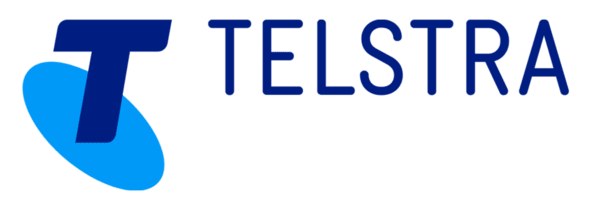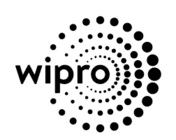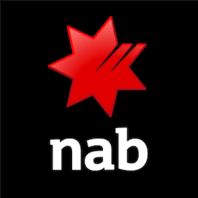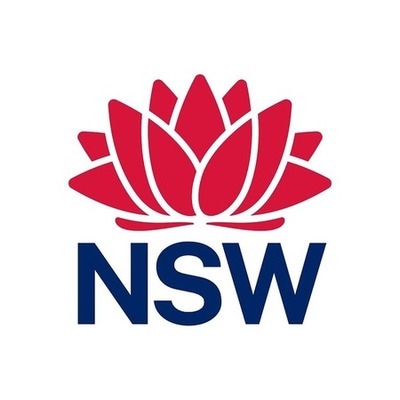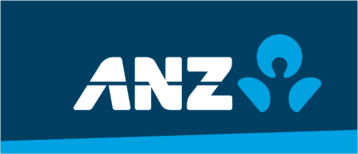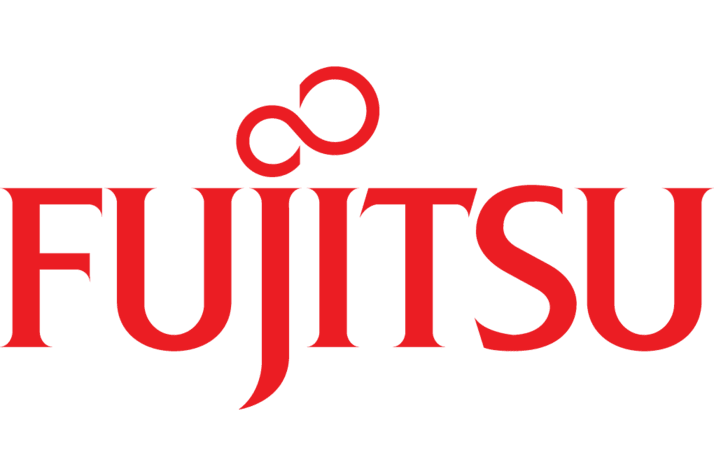

course overview
Overview
Build the skills needed to become a high-performing team member of an Agile Release Train (ART) and learn how to collaborate effectively with other teams—by becoming a SAFe®; 5.0 Practitioner (SP). During this two day course, attendees will gain an in-depth understanding of the ART, how it delivers value, and what they can do to effectively perform their role using Scrum, Kanban, and XP.
They will also learn how to write stories and break down features, plan and execute iterations, and plan Program Increments. Finally, they’ll learn about the continuous delivery pipeline and DevOps culture, how to effectively integrate with other teams in the program, and what it takes to continuously improve the train.
Skills Gained
Prerequisites
All are welcome to attend the course, regardless of experience. However, the following prerequisites are highly recommended for those who intend to take the SAFe® Practitioner (SP) certification exam:
The following individuals will benefit from this course:
Outline
Certificates expire one year from the date the certification is earned. The renewal fee is $100.
If you need training for 3 or more people, you should ask us about onsite training. Putting aside the obvious location benefit, content can be customised to better meet your business objectives and more can be covered than in a public classroom. Its a cost effective option. One on one training can be delivered too, at reasonable rates.
Submit an enquiry from any page on this site, and let us know you are interested in the requirements box, or simply mention it when we contact you.
All $ prices are in USD unless it’s a NZ or AU date
SPVC = Self Paced Virtual Class
LVC = Live Virtual Class
Our clients have included prestigious national organisations such as Oxford University Press, multi-national private corporations such as JP Morgan and HSBC, as well as public sector institutions such as the Department of Defence and the Department of Health.

